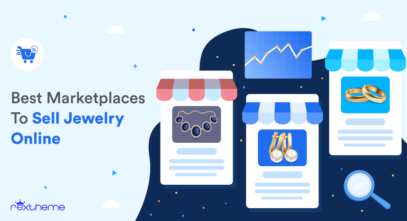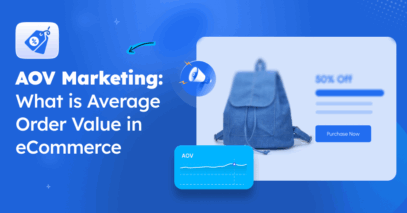What if you could get your customers to spend more and feel good about it? That’s exactly what product bundling does.
A smart bundling strategy can be 68% more effective than trying to acquire a new customer.
Why chase new leads when you can boost value with the ones you already have?
By grouping products in a sensible way, you can enhance the shopping experience and increase average order value.
I’ve seen that certain types of product bundling, like complementary items or tiered bundles, consistently help sellers grow their revenue faster and more efficiently.
In this post, you’ll see 14 proven product bundling examples, plus best practices and mistakes to avoid.
So without any delay, let’s dive in.
What is Product Bundling?
Product bundling is when you group two or more products and sell them as a bundled package. It helps you offer more value and encourages customers to buy more.
This strategy works because customers feel like they’re getting a better deal. It increases their satisfaction and often boosts your average order value.
For example, if you are an eCommerce store owner, you can sell a skincare set with a cleanser, toner, and moisturizer at a lower price than buying each separately. This creates a convenient, attractive offer.
Types of Product Bundling
There are several ways to approach bundling:
- Tailored Bundles: These bundles fit exactly what your customers need. Using tailored bundles helps you attract new customers and keep repeat customers happy by offering more value in one single bundle. This is a key takeaway for your sales strategy.
- Mix Bundles: Let your customers choose their favorite bundled items from a set you offer. This gives more customer choices and makes bundle shopping enjoyable, which can boost your bundle sales.
- Complementary Bundles: Group bundled offerings that naturally go well together, like a phone and a case. This creates impactful bundles that make it easier for your customers to get everything they need at once.
- Quantity-Based Bundles: Offer discounts when customers buy multiple units of the same or related products. This encourages bulk buying and increases your bundle sales while moving more inventory.
- Pure Bundling: Sell products only as a package, not separately. This method creates impactful bundles that increase perceived value and simplify buying decisions in eCommerce stores.
- Mixed Bundling: Give customers the option to buy products individually or as a bundle. This flexibility appeals to different customer preferences and widens your reach.
- Seasonal Bundles: Create bundles around holidays or special events. These bundles catch customer interest at the right time, boosting your sales strategy effectively.
- Price Bundling: Set a special fixed price for the entire bundle. This price bundling example makes your offer feel like the best value and motivates customers to buy more bundled items.
- Cross-Category Bundles: Combine products from different categories. This introduces customers to new items and increases overall bundle sales.
Main Types of Product Bundling
Although there are several product bundling examples above but at the time of creating bundles, you’ll generally use one of two types of bundling described below in detail:
1. Pure bundling:
As I mentioned above, Pure bundling means selling products only as a bundle, not separately. This makes your offer clear and valuable to your customers.
You control the whole package, making it easier for customers to buy your bundled offerings. It helps boost your sales.
As bundle pricing examples, you can look at Birchbox offers curate items only as part of the box.. They set one price for everything, which feels like a great deal.
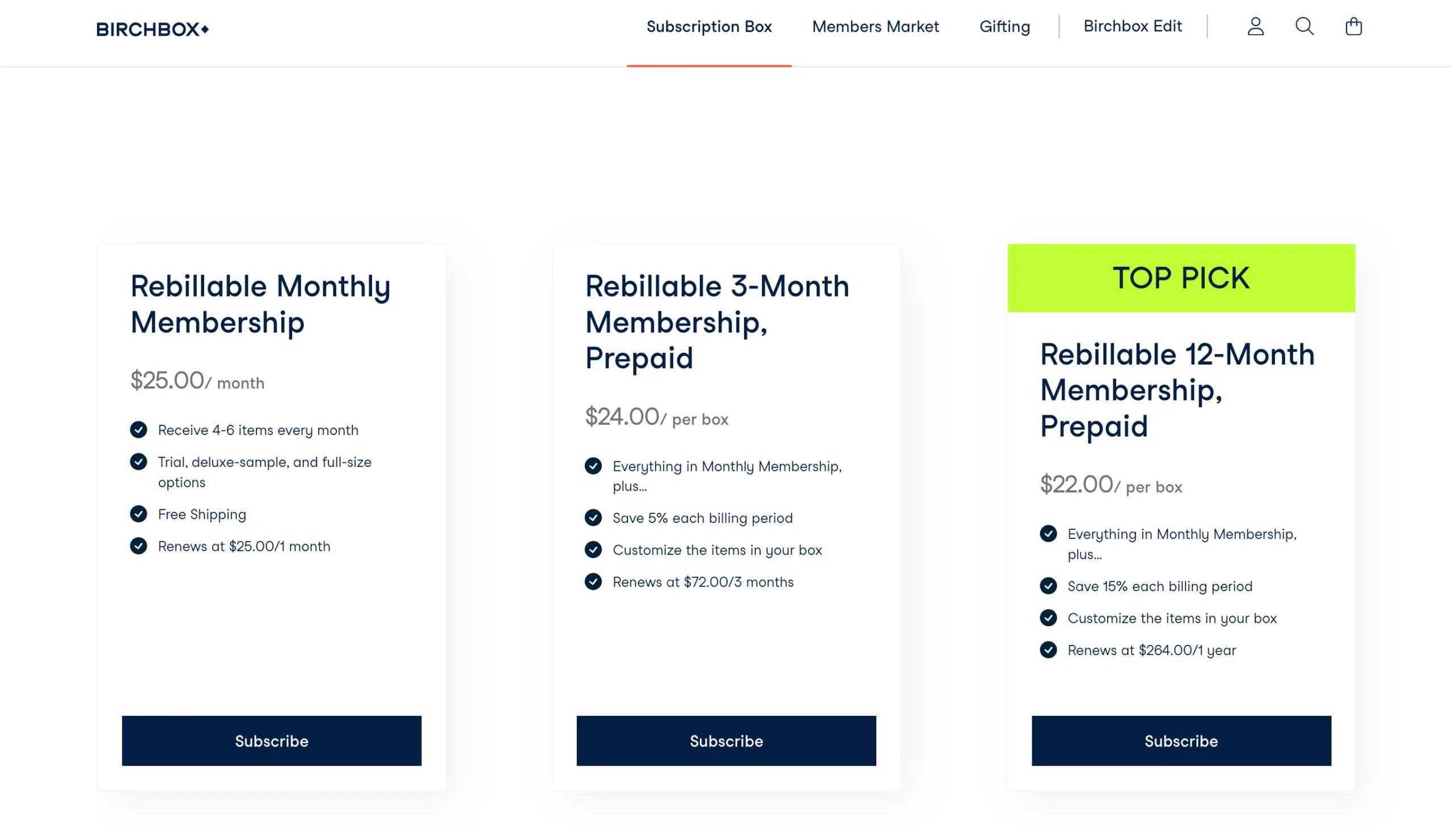
2. Mixed bundling
Mixed bundling means your customers can buy products individually or as a bundle. This gives them the freedom to choose what works best for them.
As a mixed bundling example, you can see that McDonald’s lets you order a burger, fries, or drink alone, or as part of a value meal at a discount. This way, you can attract more customers by offering flexible options.

Mixed bundling works well because it gives customers flexibility while still incentivizing the bundle.
Bundling vs Upselling
Many people think product bundling and upselling are the same thing, while they’re not. Here’s how they differ:
- Purpose: Bundling focuses on grouping multiple products together at a value-driven price. Upselling, on the other hand, encourages customers to upgrade to a higher-priced version of a product they’re already considering.
- Customer mindset: When bundling, your customers are thinking about getting more for less. With upselling, they’re weighing whether a premium option is worth the added cost.
- Product focus: Bundles combine different products into a single package, while upselling highlights one product and emphasizes its higher-end features or benefits.
- When to use: Use bundling when you want to move inventory, boost AOV, or create value for your customers. Use upselling when you want to encourage higher-margin purchases or showcase premium options.
Here’s the comparison between Bundling and Upselling in a table format:
| Aspect | Bundling | Upselling |
| Purpose | Groups multiple products together at a value-driven price | Encourages customers to upgrade to a higher-priced version of a product they’re already considering |
| Customer Mindset | Thinking about getting more for less | Weighing if a premium option is worth the added cost |
| Product Focus | Combines different products into a single package | Highlights one product and emphasizes its higher-end features or benefits |
| When to Use | To move inventory, boost AOV, or create value | To encourage higher-margin purchases or showcase premium options |
Now, let’s go through some reasons why product bundling works like a wonder.
Why Product Bundling Can Skyrocket AOV?
Product bundling usually works because it offers value to both your business and your customers. Here’s how it helps drive higher Average Order Value:
i. Encourages spending by creating perceived value
Bundling helps you encourage your customers to spend more by giving them a feeling of getting a great deal. When they see extra value, they’re more likely to buy.
For example, if you sell a $50 backpack and a $30 water bottle together for $70, your customers notice they save $10. That saving makes buying both much more appealing, this is a great example of product bundle pricing in action.
This is a great example of product bundle pricing in action. You can boost your sales while your customers feel smart about their purchase.
ii. Reduces decision fatigue
Bundles help you reduce decision fatigue by grouping related items together. This makes shopping easier and less confusing for your customers.
Instead of making your customers choose between many products, you give them a simple, complete option. That way, they can decide faster and feel confident.
For example, if you sell skincare, you can bundle cleansers, toners, and moisturizers as a product recommendation. This lets your customers get everything they need in one easy purchase.
iii. Moves inventory faster
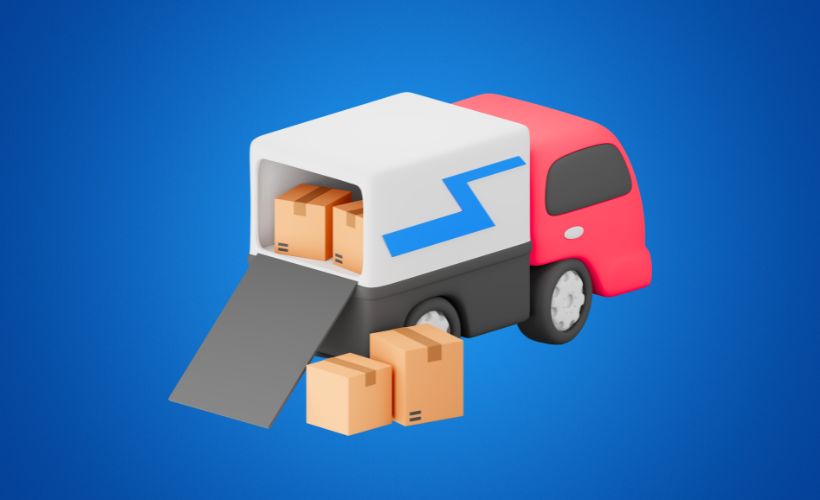
Bundling helps you move inventory faster by pairing slower-selling items with your best sellers. This gives those products the extra push they need to sell.
For example, you can pair last season’s phone case with a trending phone charger. This combo creates a deal that clears excess stock quickly.
This approach is one of the best price bundling examples that boosts your sales while offering real value to your customers.
iv. Improves visibility for lesser-known products
You can boost the visibility of new or lesser-known products by bundling them with popular items. This way, your customers discover things they might have missed otherwise.
For example, if you sell gaming consoles, adding a new game to the bundle helps players try something fresh they wouldn’t buy alone.
This makes your customers happy by saving them money and offering convenience, plus, it’s great for your sales, too.
Thus, you can add more products to your WooCommerce store as a bundle. Now let’s enter the main section of this blog.
14 Proven Product Bundling Examples to Boost AOV
Different types of bundles work for different businesses, depending on your goals and what your customers value.
Let’s break down some of the best product bundle examples you can easily adapt to your business.
1. Pure Bundling for Slow-Moving Inventory
Pure bundling works best when you want to clear out products that aren’t selling on their own. Instead of letting slow-moving stock gather dust, you can pair these items with your bestsellers as an exclusive deal.
For example, Apple often includes accessories like AirPods when purchasing a MacBook or iPad during their annual student deal.

While AirPods are popular, this bundling strategy helps Apple move older or overstocked AirPods models that can not sell as quickly on their own, while providing customers with perceived added value.
2. “Mix-and-Match” Bundling for Variety Seekers
Mix-and-match bundling gives your customers the power to choose. It’s all about flexibility, letting them build a bundle that fits their exact preferences.
For instance, NatureBox lets you personalize your snack box by selecting your preferred nutrition level and taste. You can pick your favorites, mix and match, and create a box full of snacks that suit your tastes.

This kind of tailored experience feels more personal and increases the chances they’ll buy again. It’s a win-win for both of you.
3. BOGO (Buy One Get One) Bundling
BOGO bundling works because it creates a sense of value while encouraging customers to buy more. Whether you offer the second product free or at a discount, this strategy is especially effective during seasonal sales or promotional periods.
For example, during back-to-school sales, shoe retailers like Payless often promote “Buy One Pair, Get the Second at 50% Off.” This motivates customers to grab an extra pair instead of stopping at just one. It’s a win-win: your customers save, and your sales grow.
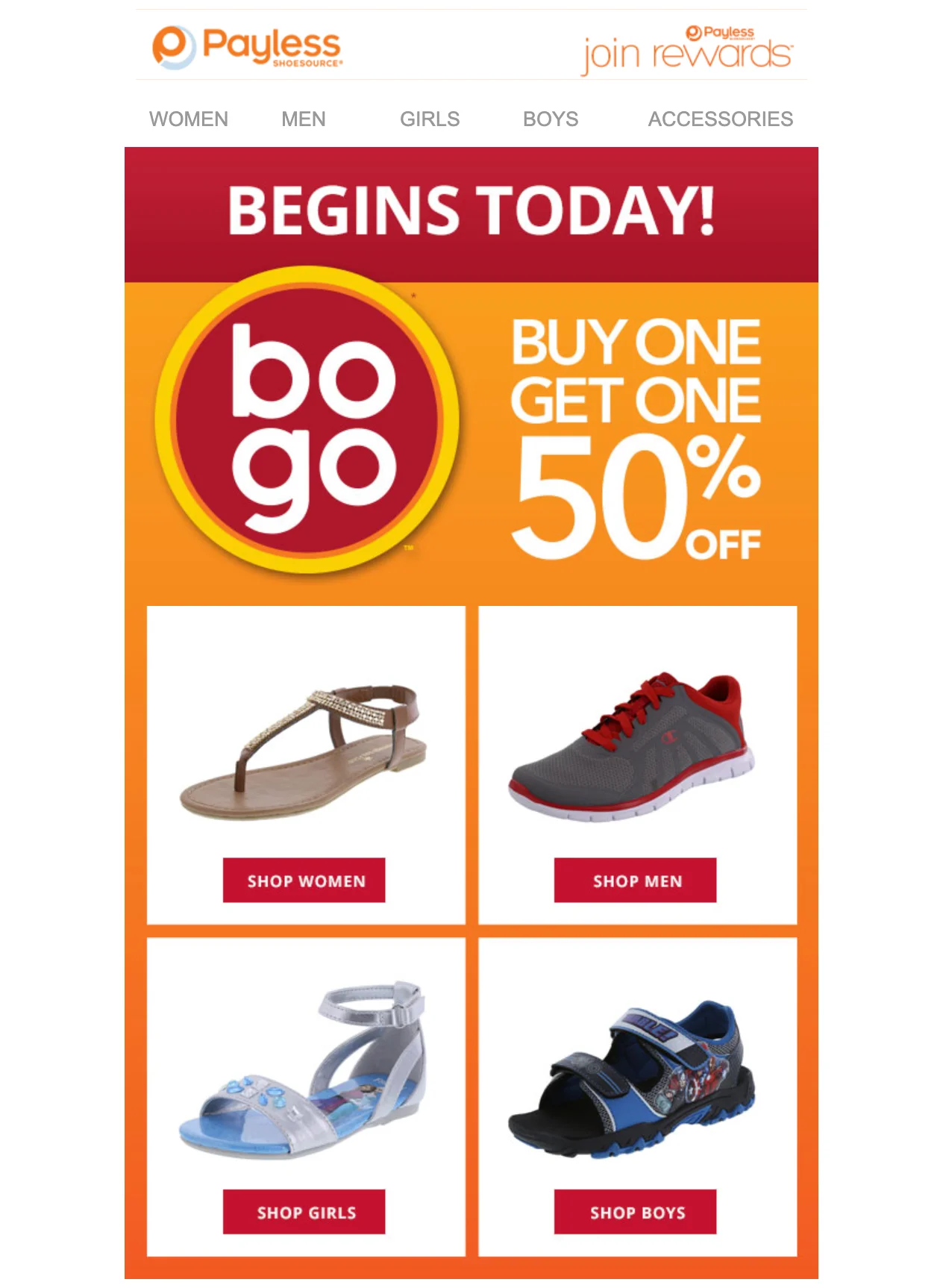
You can also take the BOGO offer a step further like this:
- Offer a “Buy One, Get One Free” deal to create an even stronger value perception for customers.
- Customize your promotion, like “Buy 3, Get 3 Free,” to encourage higher-volume purchases while maintaining flexibility for your business.
Watch the video below to see how you can set up BOGO bundling in your business easily.
4. Cross-Sell Bundles
Cross-sell bundles let you offer customers a complete set of products that work well together. This helps your customers see the value in buying multiple items at once.
For example, when you shop for a tablet on Amazon, you’ll see suggestions like a keyboard case or stylus. These complementary items make it easy to get everything you need in one go.
By using cross-sell bundles, you make shopping simpler and more valuable for your customers. This approach also helps you increase your sales and customer satisfaction.

5. Subscription Bundling for Recurring Revenue
Subscription bundling focuses on long-term customer retention by offering curated boxes that customers receive regularly. This works especially well for consumable products like food, beauty items, or pet supplies.
A notable product bundling example is CARSLOTH, which provides an all-inclusive car subscription service. For a flat monthly fee, subscribers receive a vehicle along with insurance, maintenance, and roadside assistance, eliminating the traditional hassles of car ownership.

6. Seasonal Bundling to Match Customer Demand
Seasonal product bundling is a smart way to align your offers with what customers need at specific times of the year. You can create holiday gift sets or themed bundles to cater to the demand for seasonal shopping.
Think about Starbucks‘ holiday bundles. Every winter, they sell gift-ready sets that include mugs, coffee beans, and holiday-flavored syrups. These bundles make gifting easier and feel exclusive because they’re only available for a limited time.
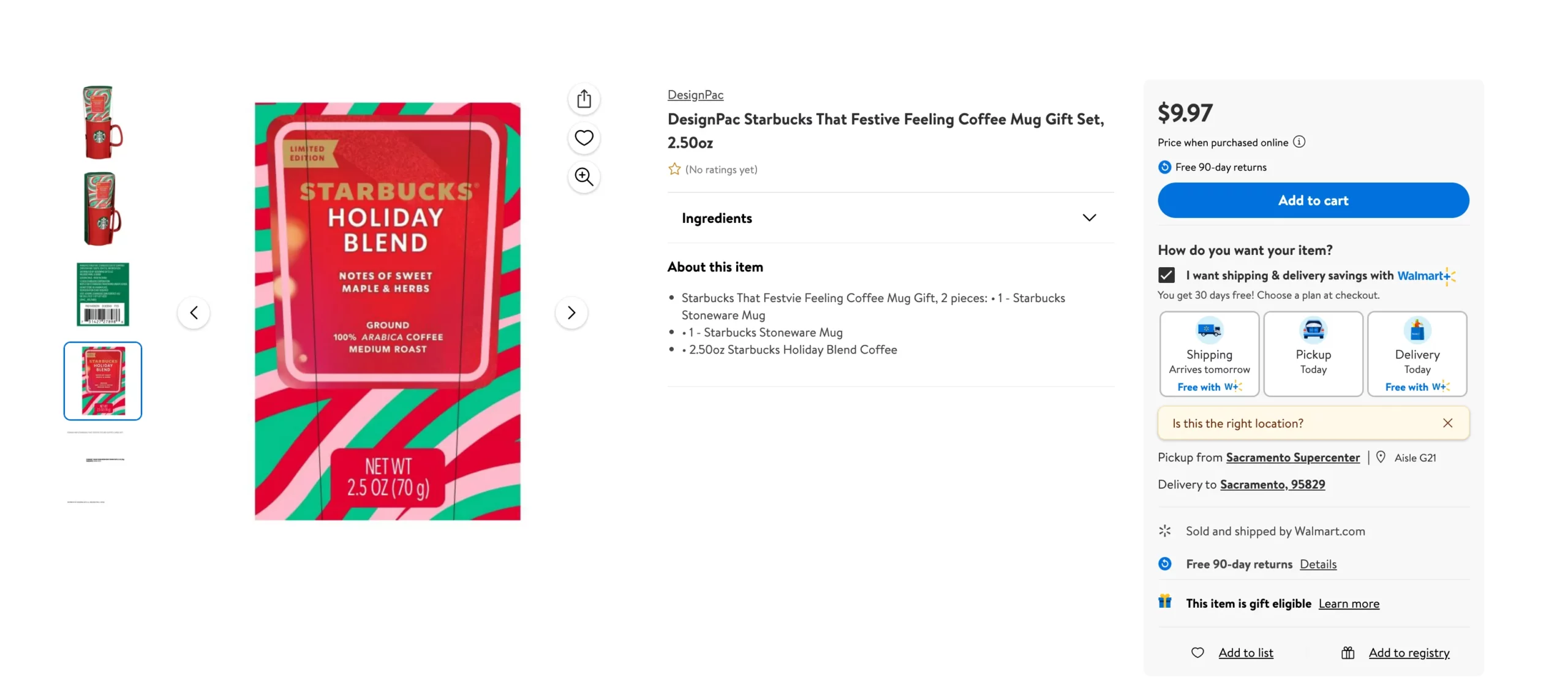
7. DIY (Build Your Own) Bundles
DIY bundles give your customers full control over what they buy, which makes the shopping experience feel personal and fun. Instead of offering fixed bundles, you let them choose the items they want to include, all for a discounted bundle price.
Brands like Mixbook let customers design their own photo book bundles, choosing layouts and add-ons to create something that fits their needs perfectly. This approach keeps customers engaged and increases their willingness to buy.
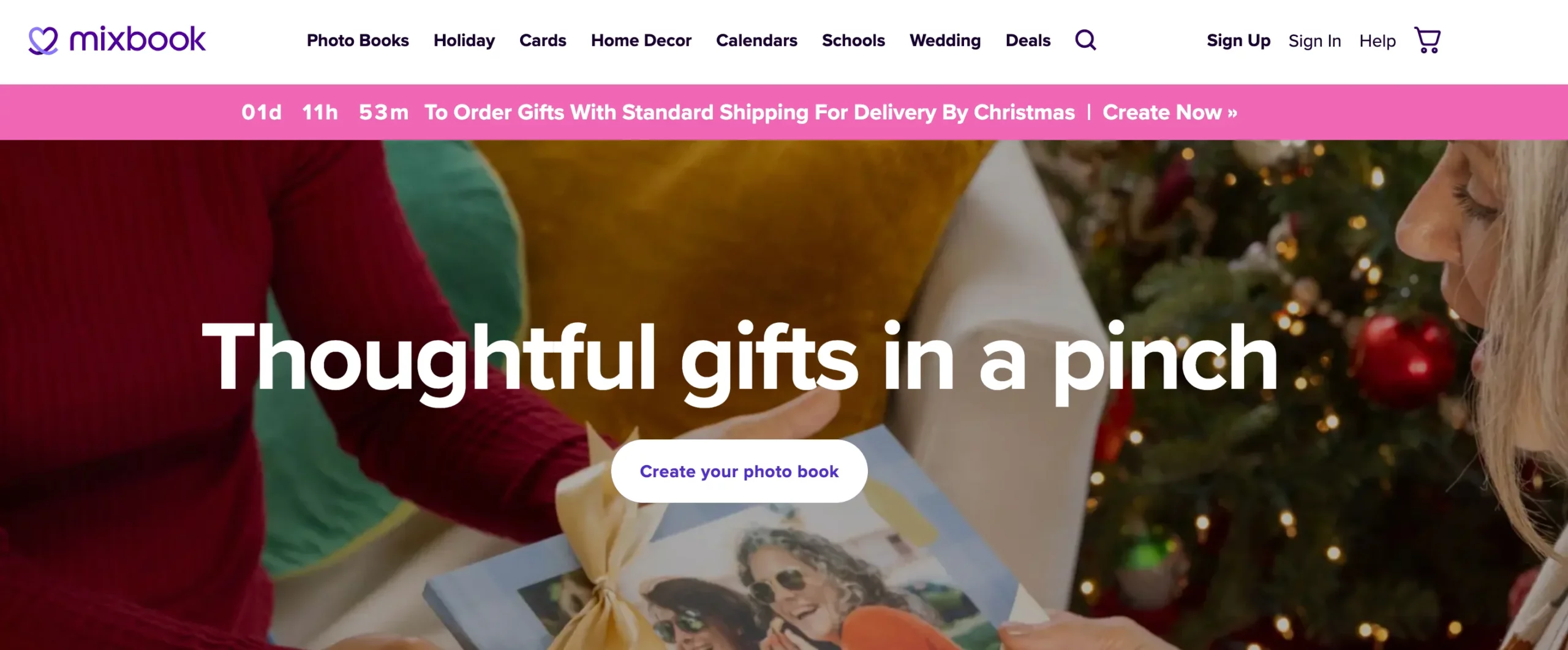
8. Discount Bundling for Cost-Conscious Shoppers
Everyone loves a good deal, and discount bundling gives your customers the feeling they’re saving while encouraging them to buy more. You offer a group of products at a lower total price than if they were purchased individually.
Retailers like Target often bundle everyday essentials, like shampoo and conditioners, at a discounted rate.

9. Clearance Bundling to Clear Out Inventory
When you’ve got inventory that just isn’t moving, clearance bundling can help you turn it into revenue. Pair older or slow-selling items with popular ones to create an attractive package deal.
Take GetFPV, for instance. They make it easy for you to grab a bundle of compatible parts for their drone DIY kit. It’s a smart way to clear inventory while giving you everything you need for your next drone project.

10. Upsell Bundles to Drive High-Value Purchases
Upsell bundles are all about encouraging customers to spend more by including premium products alongside their main purchase. This allows them to get a better deal on something they can not have considered otherwise.
Take Koh, the cleaning products brand. At checkout, they make it hard to resist their upsell bundle, offering you a deal that lets you stock up on essentials while saving money.

11. Gift Bundling for Special Occasions
Gift bundles make shopping easier for customers who are looking for presents but don’t know where to start. By curating products into gift-ready packages, you save them time and effort while increasing the appeal of your items.
Lifestyle brands like Bath & Body Works design holiday-themed bundles with Body Wash (10 fl oz), Body Lotion (8 fl oz), Fine Fragrance Mist (8 fl oz), and Hand Cream (1 fl oz) that customers love to give and receive.

12. Gamify Bundling to Enhance Engagement
Gamifying your bundling strategy makes the shopping experience more exciting for your customers. You can introduce challenges, spending thresholds, or tiered rewards to encourage more engagement.
For instance, Starbucks uses its loyalty program to gamify purchases by offering bonus stars when customers reach specific spending goals, often by bundling coffee and snacks.

13. Limited-Edition Bundles to Create Urgency
Nothing motivates purchases like exclusivity. Limited-edition bundles create a sense of urgency because customers know they won’t be available forever. This strategy works especially well during product launches, collaborations, or seasonal events.
Here’s an example of a limited edition bundle from Pai Skincare.
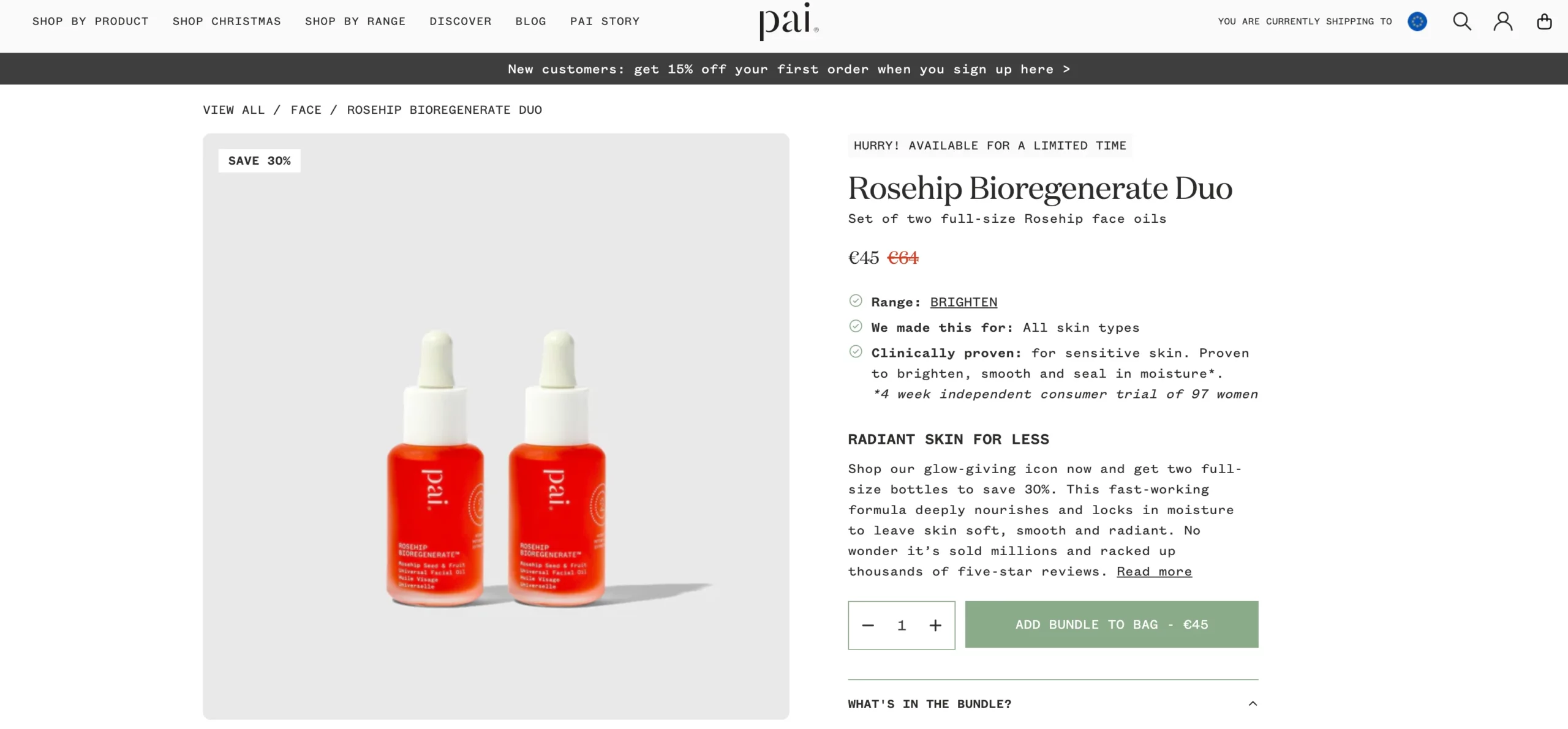
14. Buy More Pay Less Bundles
Offer “Buy more, pay less” bundles and encourage your customers to purchase in larger quantities by rewarding them with tiered discounts. The more they buy, the less they pay per item, which feels like a win-win.
For example: If they take 5, they get 10% off, if they get 10, they get 15% off. This way the more items they take, the less they have to pay.
Look at the example from Godiva

Best Practices for Effective Product Bundling
To make your product bundles work, you need a clear plan that focuses on customer value and business goals.
Each step in the process should help you create bundles that feel natural to your customers and deliver the results you’re looking for.
1. Define Clear Goals for Your Bundles
Start by deciding what you want your bundle to achieve. Are you looking to boost sales, clear slow stock, or promote something new?
Knowing your goal helps you build bundles that work. It keeps your strategy focused and makes sure every item adds value.
For example, if you’re moving old inventory, bundle it with a bestseller. If you’re aiming for higher sales, add premium items to raise the total spend.
2. Use Data to Identify Bundle Opportunities
Use your sales data to spot smart bundling opportunities. Look for products that customers often buy together or add to their carts.
By tracking these habits, you can create bundles that match real buying behavior. This leads to higher conversion and happier shoppers.
For example, if many customers buy headphones with phone cases, you can bundle them into a single offer. This is a mixed bundling example that feels natural and encourages more sales.
3. Price Bundles to Show Clear Value
Set bundle prices that clearly show the value. Your customers should instantly see that they’re getting a better deal by choosing the bundle.
When the discount is obvious, it makes their decision easier and builds trust in your pricing. That’s how you drive more conversions.
For instance, if one item costs $30 but you offer a bundle of three for $75, that’s a great product bundle pricing example that customers understand. Add a tag like “Save $15!” to make the value pop and encourage quick decisions.
4. Promote Bundles Where Customers Will See Them
Put your bundles where your customers are already looking. Display them on product pages, in your online cart, or on a dedicated “bundle deals” section of your site.
When it’s easy to spot, it’s easy to buy. This visibility makes bundles feel like a natural part of the shopping experience.
For example, showing “frequently bought together” suggestions, like Amazon does, right under the product, encourages add-ons. At checkout, a quick bundle pop-up can boost your average order value without interrupting the flow.
5. Use Tools to Make Bundling Easier
You don’t have to do everything manually. Tools like Dynamic Discount for WooCommerce can help you create and display bundles effortlessly.

So, stick to these tips, and you’ll create bundles that customers love and that help you hit your business goals. Simple, effective, and easy to manage.
However, getting product bundling right isn’t just about creating combinations. It’s also about avoiding the pitfalls that can turn customers away.
Common Mistakes to Avoid in Product Bundling
Let’s cover some common mistakes to ensure your bundles work for both your business and your audience.
1. Ignore Customer Preferences
If your bundles don’t match what your customers actually want, they won’t sell. It’s that simple. Always think about their needs and buying habits before creating a bundle.
For example, bundling winter boots with swimwear can make sense for clearing inventory, but won’t appeal to most customers.
Instead, bundle products that go together naturally, like a laptop with a bag or a skincare set with complementary products. Pay attention to what your customers typically buy together, and you’ll have a winning combination.
Let’s see how HP offers it.

2. Overcomplicating Bundle Choices
If you offer too many bundle choices, your customers might feel overwhelmed and walk away. Keeping your bundled offerings simple helps them decide faster.
For example, instead of ten confusing options, give them three or four clear bundles. When it’s easy to choose, people are more likely to hit “Buy Now.”
Stores like Costco show some of the best product bundle examples; they keep it simple, offer value, and make decisions effortless for you.
3. Not Highlighting the Savings
If customers can’t quickly see how much they’re saving, they’ll lose interest. Make the value crystal clear.
For example, instead of just listing the bundle price, say something like, “Save $20 when you buy this bundle.” Bold the savings on your product pages, emails, and ads. When the savings stand out, you’re giving customers a reason to feel good about their purchase.
By avoiding these mistakes, you’ll make your product bundles more appealing and easier for customers to choose. Simplicity and clarity are key to keeping them engaged and ready to buy.
Conclusion
Product bundling is a smart way to sell more by giving your customers real value. It’s not just about offering more, it’s about the right mix that feels tailored to them.
It helps you clear out old stock, attract deal-seekers, and increase your average order value while keeping customers happy.
From seasonal offers to everyday add-ons, these product bundling examples show how small tweaks can lead to big results.
You can also bundle your products with dynamic discounts to make your offers even more irresistible and boost conversions.
** FAQs **
1. What is the best way to create a product bundle?
Start with what your customers actually want, meaningful bundles that solve a need or save them time. Mix multiple items that they often buy together or that make sense as a bundled package. This strategy makes shopping easier and adds more value to every purchase.
2. How does product bundling benefit customers?
It gives you more for less, a lower price on items you were already planning to buy. You also enjoy customer convenience with one simple checkout, and you may even get free items as part of the deal. It’s a win-win that keeps you coming back.
3. What are some product bundle pricing examples?
Think of eCommerce stores that offer a “Buy 2, Get 1 Free” deal or a bundle overstock clearance sale. Other product bundle pricing examples include a skincare set at 20% off or a meal kit with all ingredients bundled at the best value price.
4. Can I create my own custom bundles?
Yes, and you should! Letting customers build their own custom bundles gives them control and boosts customer interest. It also reveals real-time customer behavior insights that help you build more effective bundles in the future.
5. How do I attract new customers with bundling?
Offer irresistible bundles that show clear value—especially for new customers trying your brand for the first time. A strong bundle method, like adding free items or offering a mixed bundling example, helps increase trust and drive more sales.
![14 Proven Product Bundling Examples to Boost AOV [2025]](https://rextheme.com/wp-content/uploads/2024/12/14-product-bundling-examples.webp)

